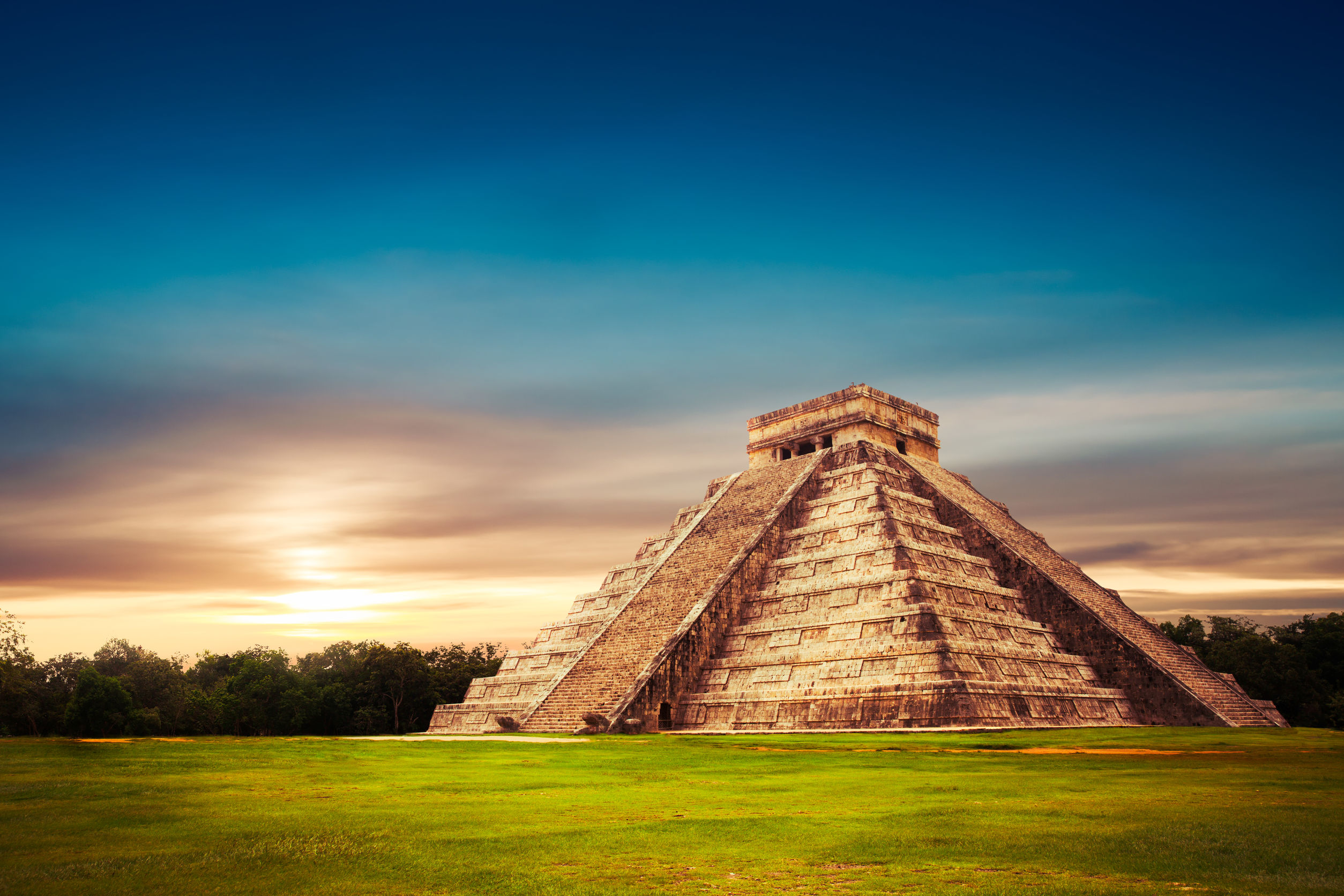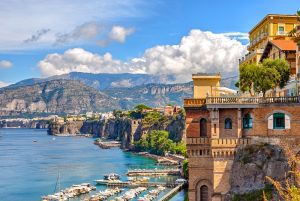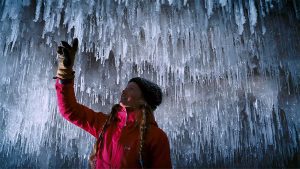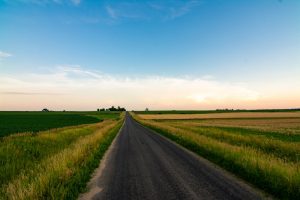Travellers around the world enjoy discovering hidden gems, but some are not to be discovered. There are places you are not allowed to enter for a variety of different reasons. Here is a list of 20 fascinating and intriguing places you cannot visit.
Table of Contents
1. Vatican Secret Archives, Vatican City

First, the name ‘Secret Archives’ is not correct. The original name of these dungeon like repositories is Archivum Secretum Apostolicum Vaticanum. Literally translated this is Apostolic Vatican Secluded Archive, meaning the documents are ‘personal’ or ‘private’, rather than secret.
The Vatican holds so many important documents it would be impossible to review them all. These underground dungeons hold 85 kilometers (53 miles) of shelves, all filled with historically important papers.
Occasional access is granted to researchers, but only a special few, and with strict limitations.
It is firmly believed that documents in the archives prove the Church was involved in Mussolini’s atrocities and, maybe even part of Hitler’s anti-Semitic cleansing. It seems certain the church did not help fleeing or persecuted Jews, although a small number of priests did help in secret.
This all becomes easier to believe when you consider that it was Mussolini, then head of the Italian government, who signed a treaty allowing the Vatican to exist as a sovereign state and giving it $92 million, (more than $1 billion in today’s money) seed money.
2. Lascaux Caves, France

When you think of UNESCO World Heritage Sites, you imagine you can see these spectacular and unique places. Well, in the case of the Lascaux Caves in France, you can’t.
These ancient caves hold a series of striking Paleolithic paintings, believed to be up to 20,000 years old.
In the 1960s fungi started attacking this precious record of human life and the caves were closed to the public, not only to protect the paintings, but also because these fungi are harmful to humans.
However, do not despair as replica caves have been opened beside the real ones, along with a museum, so you can see what they look like.
3. Area 51, Nevada, United States
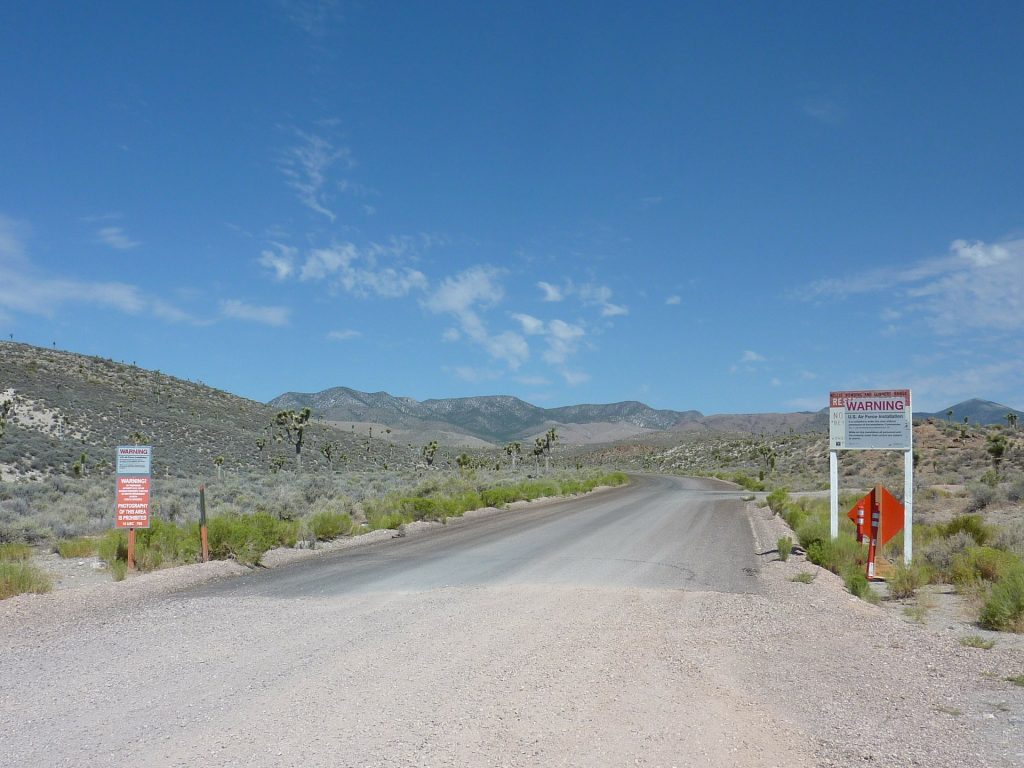
A conspiracy theorist’s dream, Area 51 has caused speculation and rumours for decades. Apparently this is a top secret military base and a place where testing is done. The problem is ‘testing what’ has never been revealed and this has caused a lot of speculation.
The exaggerated defences set up around Area 51 is another reason for gossip and guessing. Is it really to keep people from seeing what the military does, or is it to hide aliens?
Whatever the real truth, it is better to avoid this place as land mines, armed guards ready to shoot trespassers and other defences protect this place with what seems like the principle of, ‘shoot first and ask later’.
4. Tomb of Qin Shi Huang, China
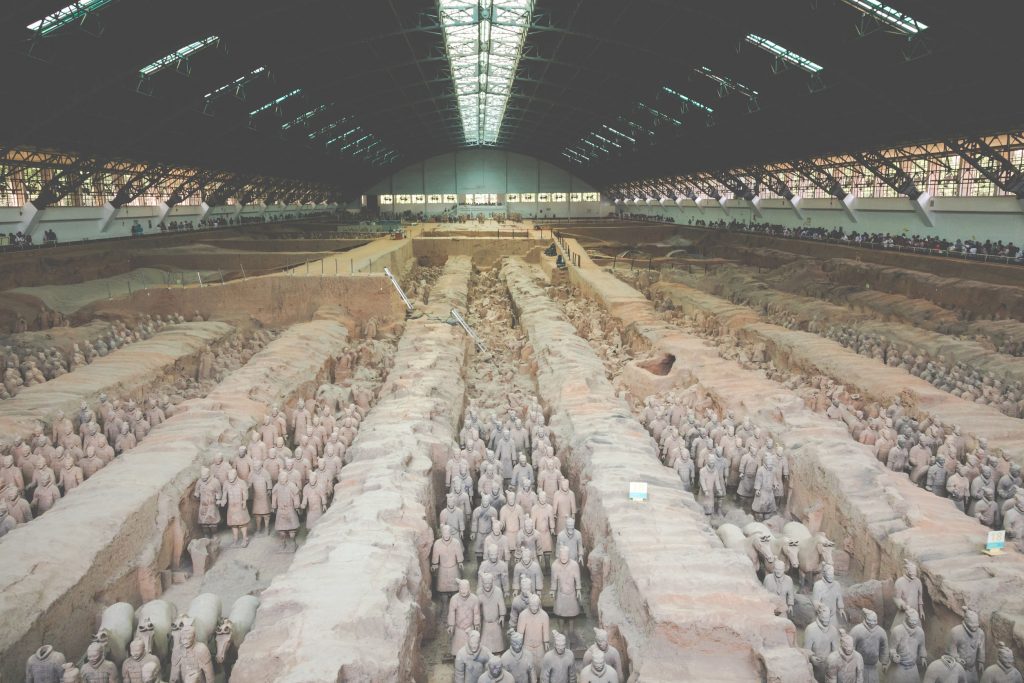
The first emperor of China was Qin Shi Huang, and as most people now know he was buried at Xi’an with thousands of near life-size Terra-Cotta Warriors to protect him. While you can visit the warriors, and it is one of China’s most notable tourist attractions, but the actual tomb of Qin Shi Huang is sealed and inaccessible. It has not been opened yet, perhaps due to rumours of severe booby traps to protect the emperor from invaders. The Chinese government say they want to preserve their heritage and it is a mark of respect to the emperor buried there to let him lie in peace.
You can visit and take a trip through the many caverns that were filled with all the objects the ruler needed to help him in the afterlife, just not see inside his actual tomb.
5. Snake Island, Brazil

The real name of this small island off the coast of Brazil is Ilha da Queimada Grande, but it has become known by the name Snake Island because it is full of snakes. Really full.
It is said there is one deadly snake in each square meter of land. These snakes are Golden Lancehead Vipers with venom that kills a human within an hour, (their venom melts your flesh), and this island is the only place they can be found.
While no one has bothered to accurately count them, (and who can blame them), it is estimated there are between 2,000 and 4,000 snakes on the island. It is so dangerous the Brazil government made it illegal for anyone to visit.
6. Fort Knox, Kentucky, USA
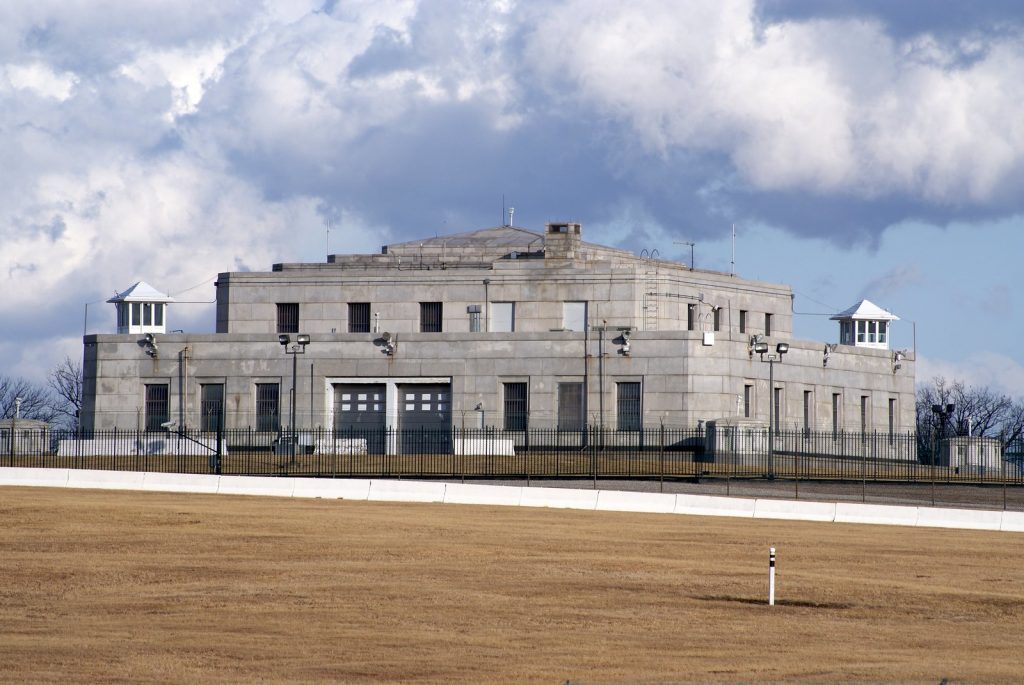
Who hasn’t heard of Fort Knox? It is so well known and well protected the name is used to describe any well protected place; ‘it is as safe as Fort Knox’, is an expression many have heard.
Its real name is ‘United States Bullion Depository’, while Fort Knox is a nearby army post, but nowadays everyone thinks of the gold depository as Fort Knox.
Access has been granted to a very few, (for example President Franklin D. Roosevelt), and each held a position of authority and had a reason to get permission to visit.
In 1974 it was believed gold was, or had been, removed without permission, so a delegation from Congress, along with a New York Times reporter, was allowed access. The reporter wrote, “Stacked from the floor 8 feet to the ceiling in a vault 6 feet wide and 12 feet deep were 36,236 bars, glistening in the half‐light. The effect of standing in the presence of about $1,775,688,776.85 worth of gold in one room was awesome.”
7. Chichen Itza Pyramid, Mexico
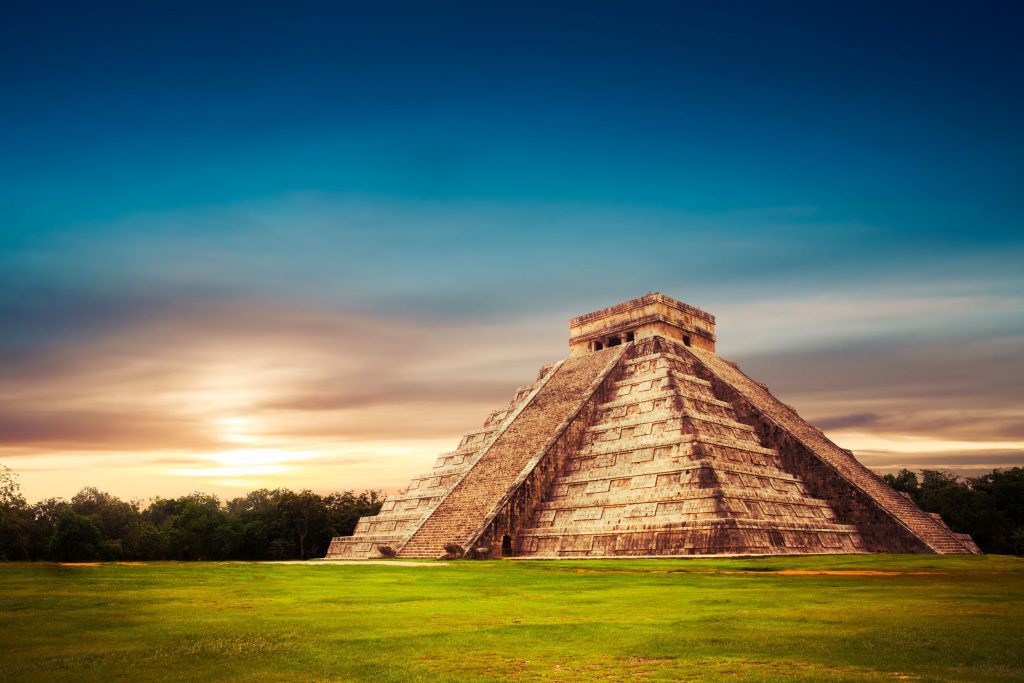
It might surprise you to see this historic place on this list. Millions of tourists visit here every year to see the Mayan pyramid. Until recently you could admire the pyramid and climb it, but since a woman fell to her death while on the monument in 2006, it was decided to ban any more climbing.
Chichen Itza is the name of the archaeological site in Mexican, while the pyramid, El Castillo, Spanish for ‘The Castle’, is the Temple of Kukulcan.
The Temple of Kukulcan is a Mesoamerican step-pyramid standing tall in the middle of the site and built by the Maya people sometime between the 9th and 12th centuries CE.
Chichen Itza is one of the ‘New Seven Wonders of the World’ and a UNESCO World Heritage Site.
8. Poveglia, Italy

Near the romantic and magical city of Venice is a small island called Poveglia. This is in complete contrast to the romance and love associated with Venice and has even been called the evilest place on earth. This might be an exaggeration, but it certainly is filled with very bad memories and deeds.
A long time ago when people were dying from the bubonic plague, the Romans thought it was a great idea to remove sick people from society and leave them alone to die. They shipped them to the small island of Poveglia and abandoned them there with no means of escape. This was considered to be such a successful way to deal with ‘problem’ citizens, when another epidemic came along lots of sick people were sent here too, many buried alive in mass graves.
Next Italians used the island to build a mental hospital where a crazed doctor used these poor people for mad experiments.
Although actual numbers are not known with certainty, more than 160,000 people perished here. Reports also say that half of the ‘soil’ on the island is human remains.
To stop bad press the Italian tourism board closed the island to visitors.
9. Coca-Cola Vault, Atlanta, United States
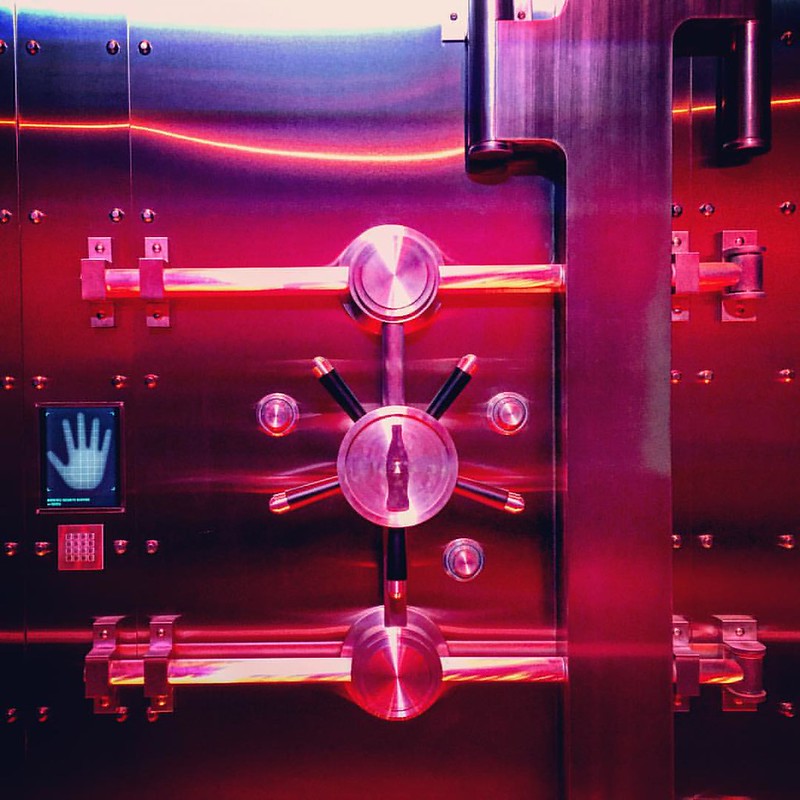
Coca-Cola is a drink. It might be the best selling drink in the whole world, but it is still only a drink. This simple fact has not stopped the Coca-Cola Company from going to unbelievable exaggerated lengths to protect the formula of this liquid.
The company say only two employees are privy to the formula at any time and they are not allowed to travel together in case an accident kills both. If, or when, one of these two dies, the other must choose a replacement from within the company and give them the recipe. To further protect the recipe of this drink, the identity of these two people is also kept secret so no one can kidnap, torture or otherwise extract the formula from them.
There is also a written copy of the recipe, just in case anything did happen to these two keepers of the secret. This is kept in a huge mental box inside a six and a half foot high vault, (no over kill there), and outside this is a further protective barrier and armed guards. All this is accessed by a door that can only be opened using a keypad with hand scanner.
Naturally you cannot see the secret, well protected formula, that makes Fort Knox look like amateurs, but you can visit the vault and see other things regarding Coca-Cola’s history.
10. Niihau, Hawaii

Island-hopping between Hawaiian islands is popular with tourists, but there is one island you cannot visit. Niihau, often referred to as “The Forbidden Island,” is privately owned and is not accessible to outsiders. At 70-square-miles, it is not as small as you might think, but even so it is hard to see except as a vague outline when the sun is in the right place.
In the 1860s the island was bought by Elizabeth Sinclair, a Scottish plantation owner, and it is still populated by her descendants, all 170 of them. No alcohol or guns are permitted and church on Sundays is obligatory on penalty of being thrown off the island for good.
When measles and polio were a problem in Hawaii, to avoid this disease spreading to Niihau, it was forbidden to leave or enter the island. Today, little has changed, although residents can come and go, strangers are not able to visit the island without permission, something that is rarely given, even to famous people.
11. The Queen’s Bedchamber, England
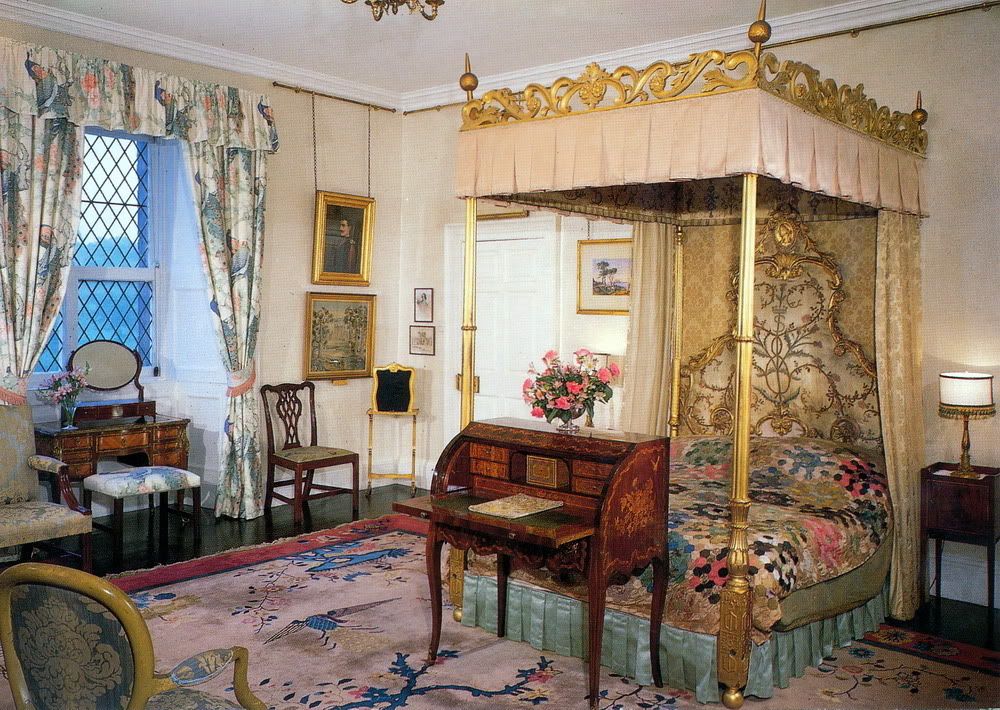
A visit to Buckingham Palace has been one of the top tourist attractions around the world since it opened its doors in 1993.
Buckingham Palace, London, is the Queen of England’s, (and the rest of the United Kingdom), home, and has been the home to the British monarchy since 1837. Public tours do encompass many staterooms, but naturally enough, The Queen’s Bedchamber is strictly off-limits. Who can blame her – would you want hundreds or thousands of strangers running around the room you sleep in, peering into your private space, and touching your things?
You can visit the Throne Room, (where people are knighted), the Ballroom, the Picture Gallery, the Grand Staircase, (and boy is it grand!), and many other rooms between April and September each year.
12. Pluto’s Gate, Turkey
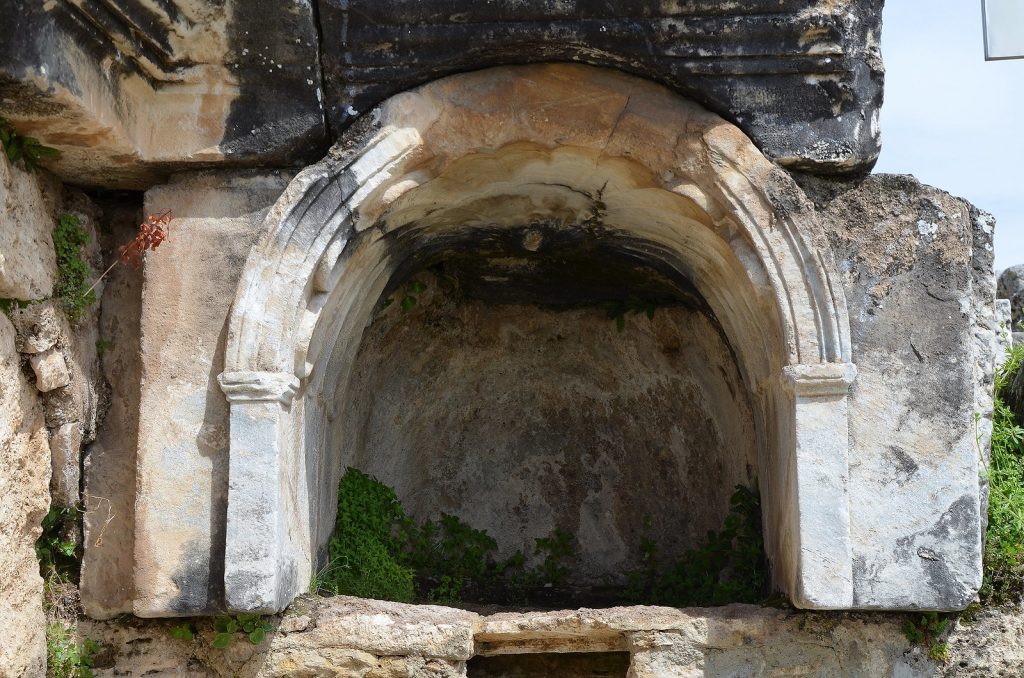
Pluto’s Gate is a recently discovered, (2013), archaeological site in Turkey. This site mirrors almost exactly a description of the temple to the underworld, so it may have been the basis for that story.
Toxic gasses are emitted and CO2 levels are high enough to kill living things, (humans too it appears), although the sun does disperse some of the gas during the hottest hours.
In the ancient times, priests who were high on the fumes, but it seems immunised by constant contact, could stand near the entrance while others perished, giving the priests more power over the people as they were seen to be protected by the gods.
A Greek Strabo, 64/63 BC to 24 AD, described it: “This space is full of a vapour so misty and dense that one can scarcely see the ground. Any animal that passes inside meets instant death. I threw in sparrows and they immediately breathed their last and fell.”
No prizes for guessing why it is forbidden to take a trip here.
13. Svalbard Global Seed Vault, Norway
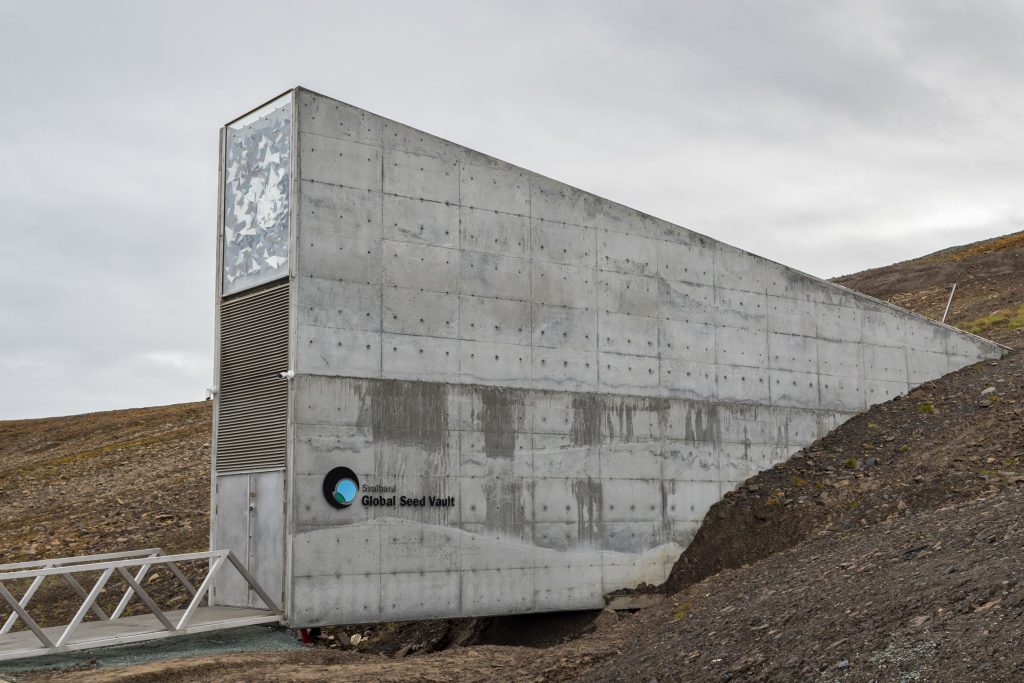
A curious place, but holding no secrets, (at least as far as we know), is Svalbard Global Seed Vault in Norway, sometimes called “the Doomsday Vault”. This is interesting for a few reasons which are mentioned below.
It is on the remote island of Spitsbergen, it is subterranean and built 400 feet into a mountainside. Its use is as a storage facility for seeds, just as the name suggests. The vault holds around 840,000 examples of 4,000 different types of seed from all over the world. This is so that in the event of a global or nuclear disaster these seeds are protected for replanting. Now this is the first point of interest – after such a disaster that wiped out everything, just where are they going to plant them? We have to assume that whatever wiped out the plants also contaminated the soil. Who will be around to plant them? And how will they be transported back to the mainland to be planted? Maybe someone has also organised all this too without telling us.
Next curious thing is, even countries who purport to not wanting any ties with western civilazion, (North Korea is an example) have contributed to this vault.
14. Surtsey Island, Iceland
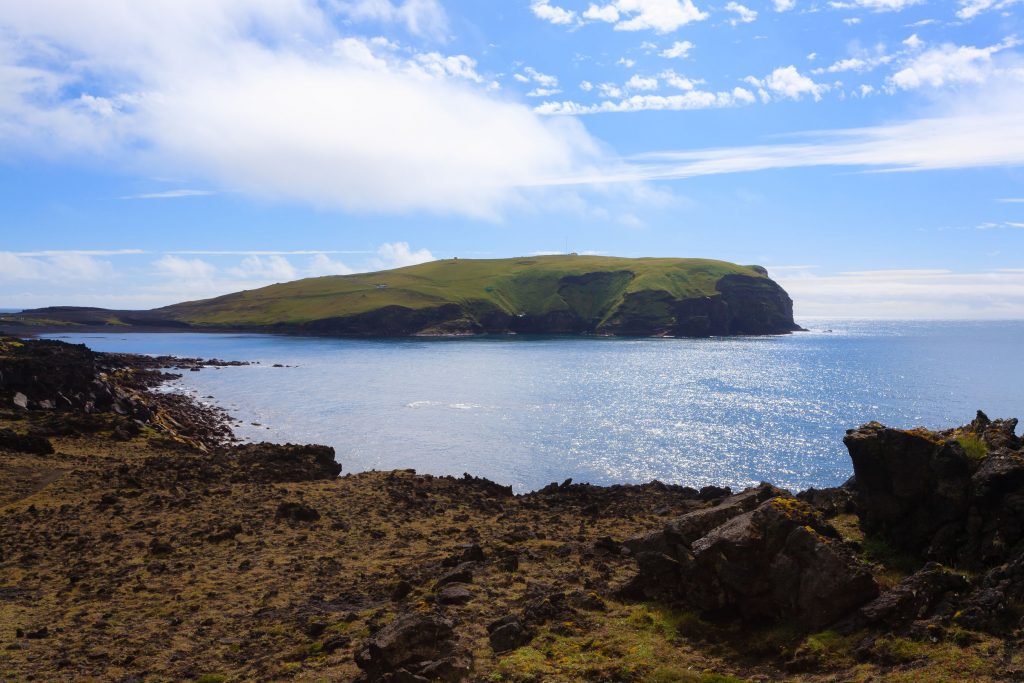
Surtsey Island is a UNESCO World Heritage Site, but like the Lascaux Caves in France, you can’t visit it. This volcanic island is a scientist’s delight because it is a microcosm of plant, bacteria, fungi, and animal life.
A large amount of lichen, fungi and birds live there along with 335 species of invertebrates. Today, in order to preserve this delicate life, only a few selected scientists are allowed on Surtsey Island to study the ecosystems.
Surtsey Island appeared in quite recent times and was created by a volcanic eruption that lasted from 1963 to 1967.
Rumour has it that although it is forbidden to take seeds to the island one scientist did – in his stomach. He had eaten a tomato and when the seed left his body it sprouted in the ground, but was removed to keep the place inviolate to outside influence.
15. Mezhgorye, Russia
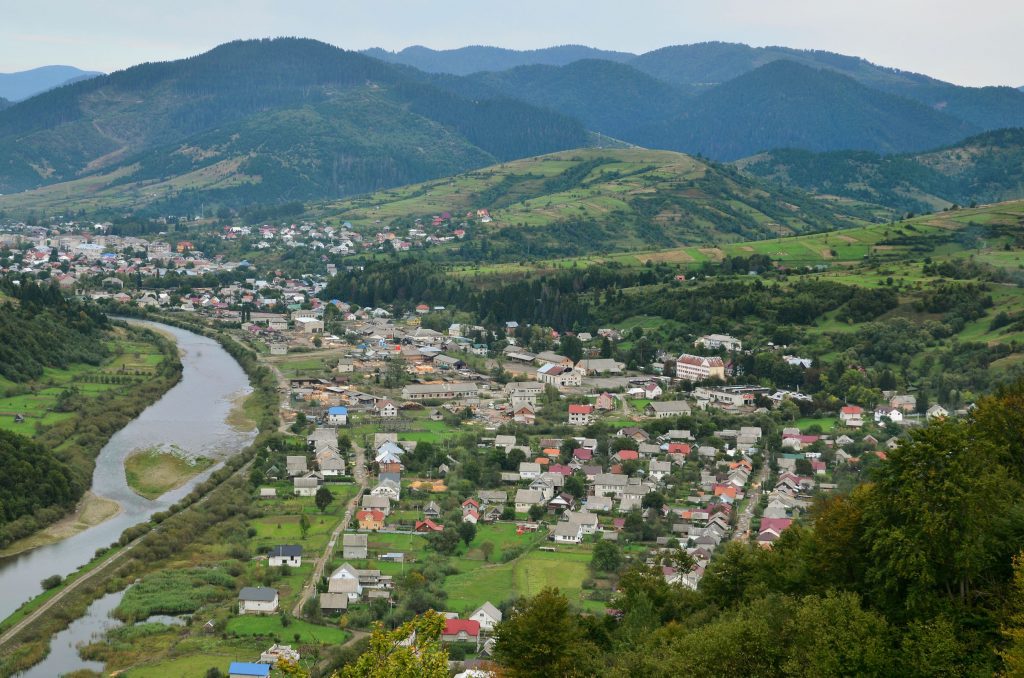
Well, this is in Russia, so do not expect too much definitive information on this place.
Mezhgorye (Межго́рье) is a town in Russia, the problem is, it is closed. That doesn’t mean it is dead, far from it. According to a 2010 census, this town has a population of 17,353, although whether this is true or not remains to be seen, as no verification is possible.
Everything about this town is unknown or secret, leaving only rumor and hearsay. There is a welcoming sign, somewhat misleading, as it is closed to everyone but residents, and also contradicted by the two battalions that prevent outsiders from visiting the town. So not so welcoming after all.
There is thought to be a huge underground facility of more than 400 square miles in the Ural Mountains, near Mezhgorye.
Some believe there is a storage facility for treasures and food, and a nuclear bunker for important officials. Others say the site contains remotely activated missiles that are ready to strike, a nuclear missile site in short.
The Kremlin’s official claim is that ‘the site is used for mining, an emergency bunker for Russian leaders and a vault for the nation’s treasures’.
It is doubtful the world will find out what goes on here unless a nuclear strike is launched and at that point, it will no longer matter.
16. Pravcicka Brana, Czech Republic

An amazingly beautiful natural stone arch lies in splendor in the Czech Republic. It is the largest natural sandstone arch in Europe, but unfortunately it is so soft and delicate it is disappearing due to erosion, and also as it becomes weaker, there is a real danger it could collapse. For these reasons tourists were banned from visiting the area. It was thought that by removing the ‘footfall’, and tourists who climbed onto it, erosion might be lessened considerably, but this seems not to have happened, at least not as much as was hoped. The other problem is that the arch is so big, were it to collapse it would kill anyone in the area beneath it.
You can still see it from a view point, but at a safe distance where, while still impressive, the monumental dimensions are not as obvious or daunting.
If this is on your bucket list of places to visit, do it soon before it collapses and no longer exists.
17. Room 39, North Korea
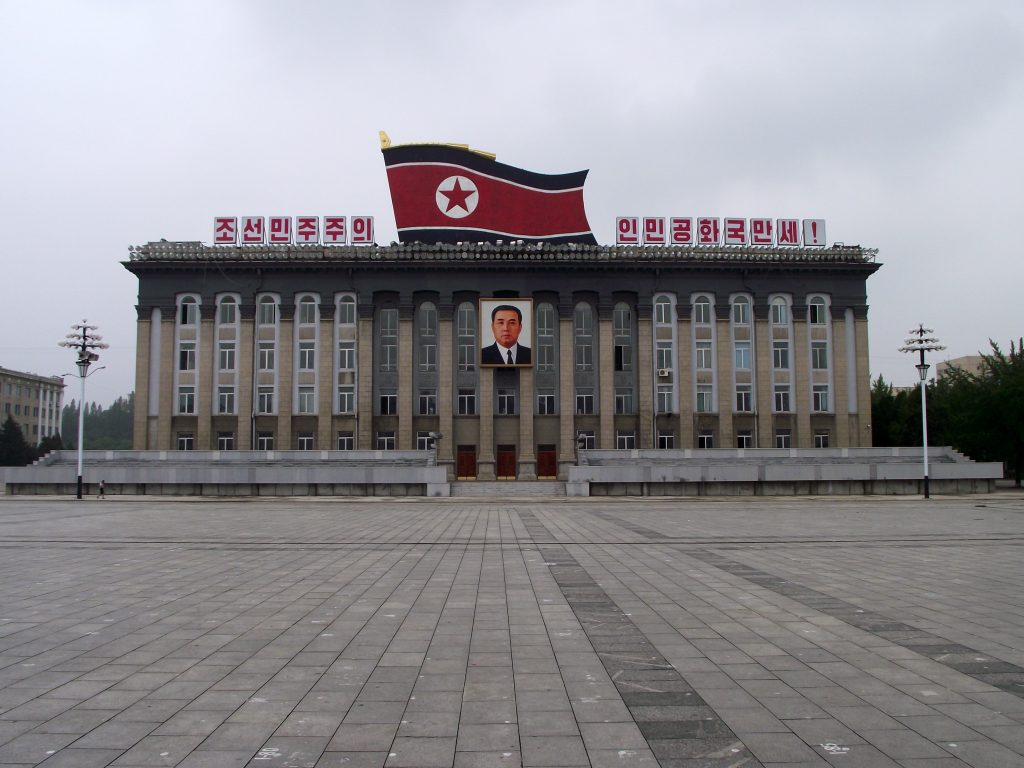
Room 39, or Office 39, is the place where money is collected for North Korean leader Kim Jong-un. A secret organization was formed with the purpose of finding ways to get more money for the country’s leader and workers here have the task of finding this money. Some of the ways are legal, others more ‘questionable’, at best.
Central Committee Bureau 39 of the Korean Workers’ Party, to give its full name, was founded by this young dictator. According The Express newspaper, “Some North Korean experts believe it brings in up to £750 million per year using a series of nefarious, if creative, means.”
This money pays for Kim’s expensive lifestyle, including imported luxury food such as French wine and cheese, while the rest of the population in North Korea starve.
It seems that is what being a dictator means – do what you like and never think about your people. One thing is for sure, you cannot visit this office the way you can visit The White House in America or The Houses of Parliament in England.
While the places listed below are not forbidden to everyone, they are not accessible to a large part of the world’s population for different reasons.
18. The Dome of the Rock, Jerusalem
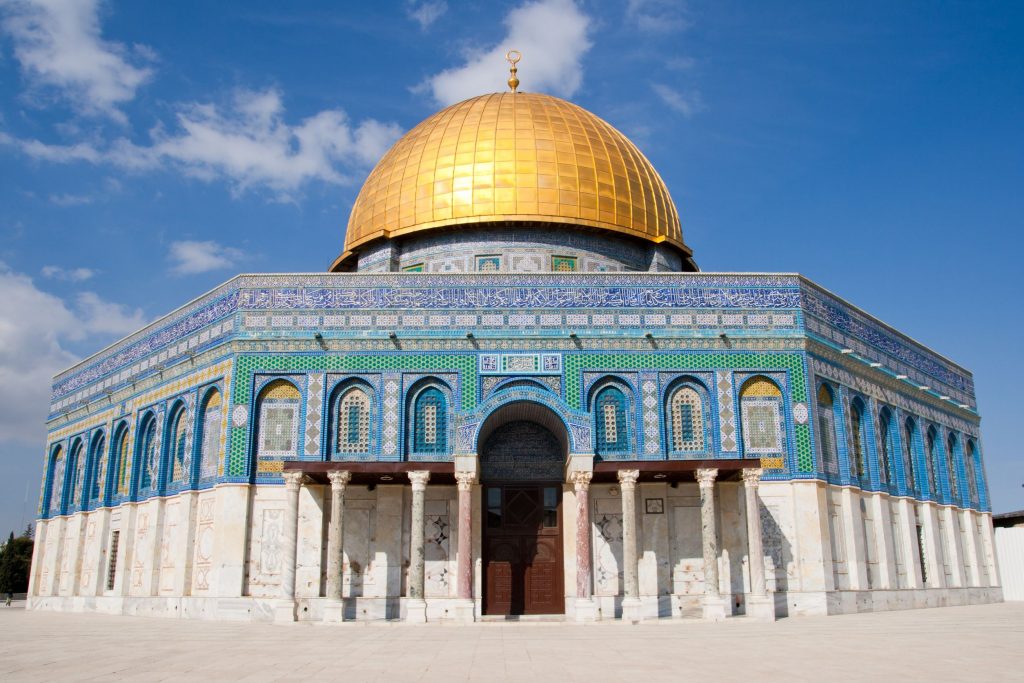
The Temple Mount is without doubt one of the holiest sites in the world. It dates back to the late 7th century CE and is a holy place for both Jews and Sunni Muslims, (after Mecca and Medina).
Both The Dome of the Rock and Al-Aqṣā Mosque are found on the Temple Mount, the site of Solomon’s Temple. In the middle of The Dome of the Rock there really is a rock. What this signifies depends on which religion you follow, if any.
Non-Muslims are not permitted to enter the Dome of the Rock
19. Spy Museum, China
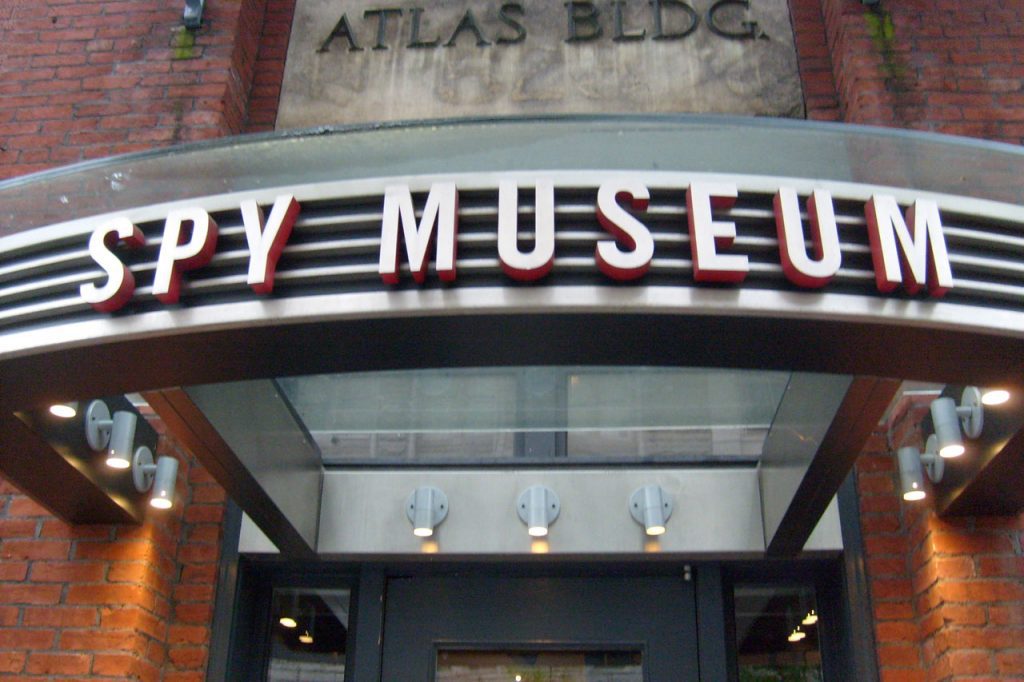
The Jiangsu National Security Education Museum in China is not open to foreign visitors and warning signs stated this in no uncertain terms and in multiple languages, just to be sure. Oops, yes it is open to foreigners, – oh, no it isn’t.
Basically it might be, but it also might not be. Originally it was only open to Chinese visitors, but then it seems foreigners were allowed in after a revamp, making it a propaganda museum showing threats against Chine – threats that China felt were valid, rather than actual facts. It seems this was then closed for a while and is now open again.
It also seems possible foreigners can now visit, but you never know, so check before setting out to see this place.
20. White´s Gentleman Club, England, UK
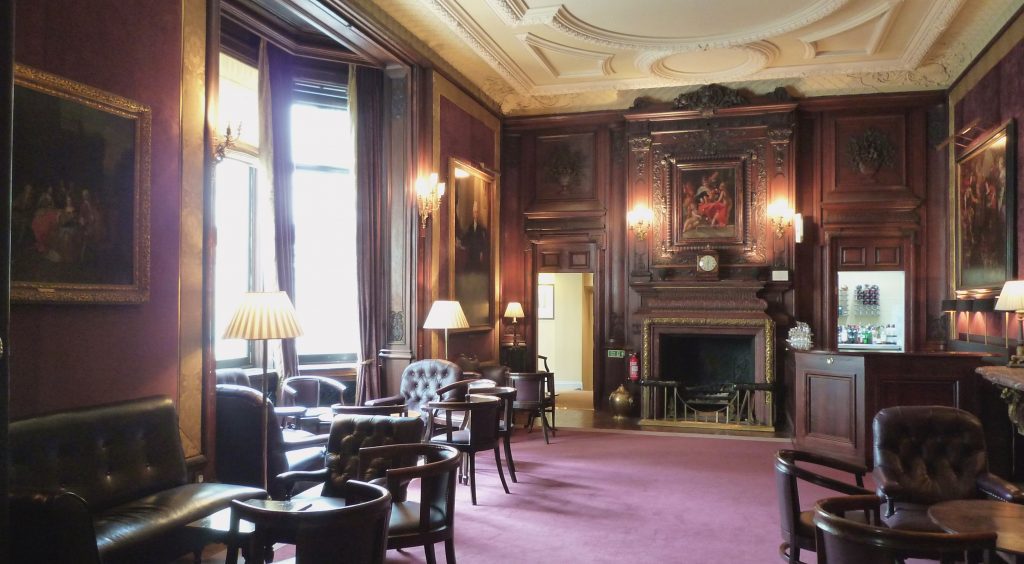
White’s in central London is the oldest and most exclusive gentleman’s club in the world. Established in 1693, it is one of a group of three elite clubs for men of the aristocracy, (the other two are Brooks’s and Boodle’s), it is a highly prestigious club for men only and members include such important personages as Prince Charles and Prince William.
Brief exceptions to the ‘no women under any circumstances’ rule were made in 1991 and 2016 to allow Queen Elizabeth II to visit.
A point of interest: Beau Brummell (1778–1840) was a member.

